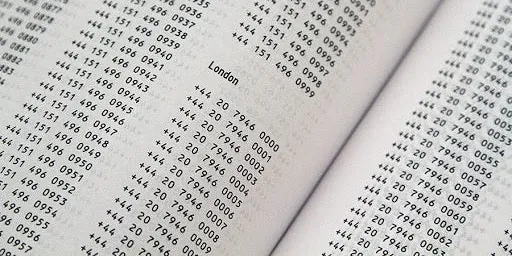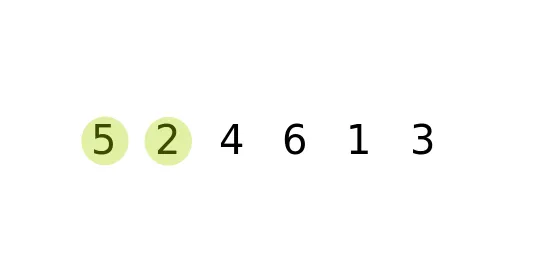Sorting-Algorithms
Sorting algorithms are fundamental techniques in computer science used to arrange data in a specific order, typically ascending or descending. They take an unsorted array or list as input and produce a sorted array as output. Various sorting algorithms exist, each with unique characteristics, advantages, and disadvantages. Common examples include Bubble Sort, Quick Sort, and Merge Sort. The choice of sorting algorithm can significantly impact the efficiency of data processing, especially with large datasets. Understanding these algorithms is essential for optimizing performance in applications ranging from databases to e-commerce platforms, where data organization is crucial for user experience.

11. Sorting Algorithms
This chapter discusses algorithms for sorting a set of items. This might seem like a strange topic for a book on data structures, but there are several good reasons for including it here. The most obv...
📚 Read more at Open Data Structures in Java🔎 Find similar documents

Sorting algorithms
General concepts In this part, arrays of n n n elements are visually represented as histograms. The height of each bar represents the value of the associated element in the array. Sorting algorithm ...
📚 Read more at Super Study Guide🔎 Find similar documents

Sorting Algorithms — A Comprehensive Guide
Sorting is the process of structuring data in a specific format. The sorting algorithm explicitly states how to arrange data in a specific order. The most popular orders are numerical or…
📚 Read more at Analytics Vidhya🔎 Find similar documents

How to Implement Sorting Algorithms
S orting algorithms are a fundamental part of computer science and programming. They allow us to organize and arrange data in a specific order, making it easier to search, access, and analyze. In this...
📚 Read more at Level Up Coding🔎 Find similar documents

5 Sorting Algorithms Every Programmer Should Know
Sorting algorithms play a vital role in Data Structures and Algorithms along with searching and dynamic programming.
📚 Read more at Better Programming🔎 Find similar documents

Chapter 17 Sorting
Computer science departments have an unhealthy obsession with sort algorithms. Based on the amount of time CS students spend on the topic, you would think that choosing sort algorithms is the cornerst...
📚 Read more at Think Data Structures🔎 Find similar documents

Sorting Algorithms
In the first pass, when i = 0, lst[0] = 54 and lst[1] = 26 . Since 26 < 54, and we want to sort the array in ascending order, we will swap the positions of 54 and 26 so that 26 comes before 54. This…
📚 Read more at Python in Plain English🔎 Find similar documents

Sorting
Binary searches only work on lists that are in order. So how do programs get a list in order? How does a program sort a list of items when the user clicks a column heading, or otherwise needs somethi...
📚 Read more at Arcade Academy🔎 Find similar documents

Unconventional Sorting Algorithms
Sorting is a fundamental necessity in computer programming, but not all sorting algorithms were “created equal”. You probably know that the best complexity for comparison-based sorting is O(NlogN)…
📚 Read more at Python in Plain English🔎 Find similar documents

Sorting Algorithms (Selection Sort, Bubble Sort, Merge Sort, and Quicksort)
Diving into the world of programming we can always find different ways to solve different problems, a very important type of problem that we may encounter is “sorting”. So what is sorting? Sorting…
📚 Read more at Level Up Coding🔎 Find similar documents

3 Must-Know Sorting Algorithms
An algorithm is a finite set of instructions that are designed and ordered in a sequence to perform a task or computation. Algorithms along with data structures are the building blocks of programming…...
📚 Read more at Towards Data Science🔎 Find similar documents

A Sort of All Sorting Algorithms
An overview of all common sorting algorithms with implementations in Python
📚 Read more at Level Up Coding🔎 Find similar documents

